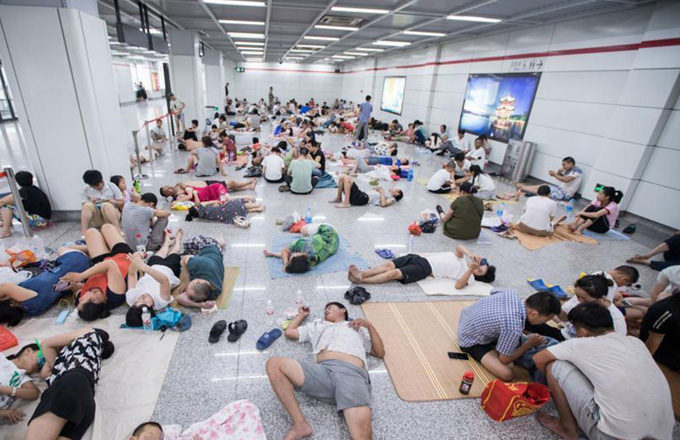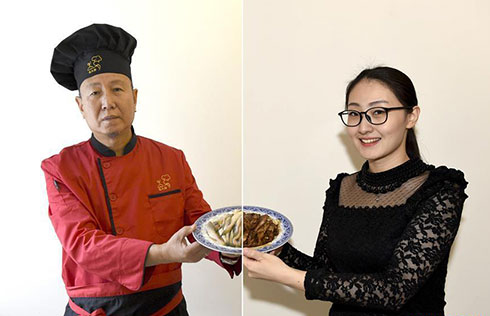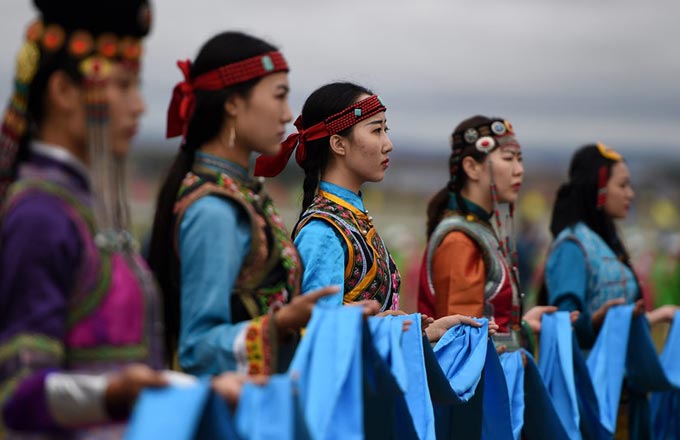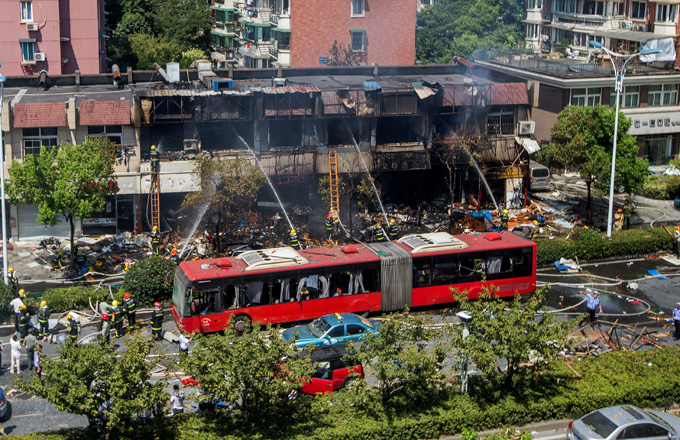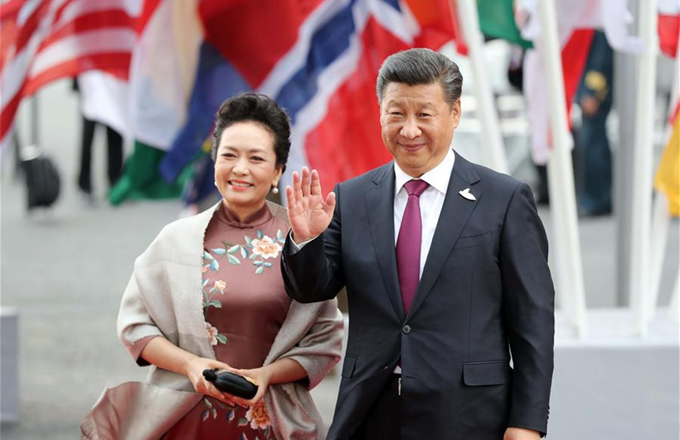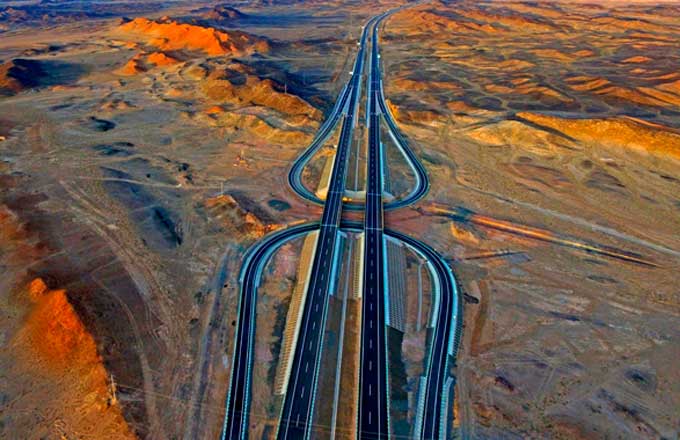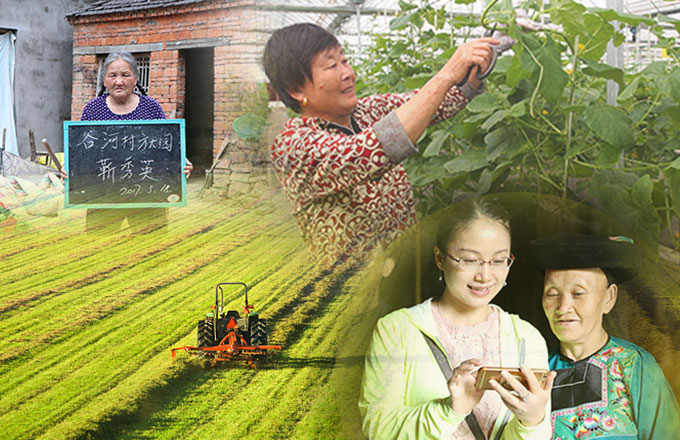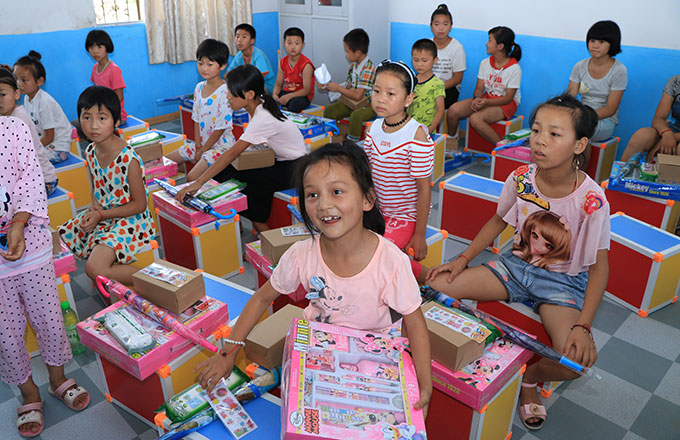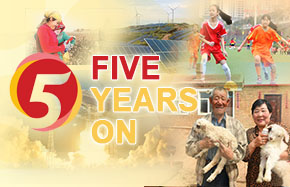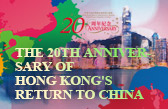Inner Mongolia sets example for prosperity, partnerships
The Inner Mongolia autonomous region has made significant progress in poverty alleviation and promoting prosperity over the past 70 years, Foreign Minister Wang Yi said on Friday.
He was speaking at an event in Beijing organized to showcase the "broad mindedness and unlimited development potential" of Inner Mongolia as it marks its 70th anniversary of becoming the first autonomous region of the People's Republic of China.
With a population of 25 million, the northern region is home to a mix of ethnic minority groups, including Mongolian, Manchu, Hui, Daur, Ewenki, Oroqen and Korean.
"Today, under the leadership of President Xi Jinping, Inner Mongolia is presenting an unprecedented new look to the world," Wang told an audience that included ambassadors and other diplomats.
He praised the region for its resilience in tackling desertification and poverty, and its pivotal role in the Belt and Road Initiative and the historic China-Russia Tea Road, once a vital lifeline for trade.
"The China-Europe Land-Sea Express Route extends from Inner Mongolia to Europe," Wang said, adding that the China-Russia-Mongolia cornerstone, which covers a total of 4,200 kilometers and has 18 ports, provides the region with great opportunities.
He also stressed the progress in ecological restoration, despite threats from desertification, saying the people of Inner Mongolia have "never backed down, and have been exploring development opportunities for decades".
He lauded efforts to embark on a "new road" to improve both the economy and environmental protection, including reforestation and poverty alleviation, as recognized by the United Nations and the international community as a whole.
Li Jiheng, Party chief of Inner Mongolia, said the region has developed into an important window into China's opening up and a significant part of the Belt and Road Initiative.
The region, which has large coal reserves, rare earth deposits, organic products and renewable energy, is a major link between two key Belt and Road countries - Russia and Mongolia - and has connections with 11 other countries involved in the initiative.
Last year, Inner Mongolia's GDP hit 1.86 trillion yuan ($275 billion), an increase of 7.2 percent year-on-year, while per capita GDP was 74,000 yuan, up by 6.9 percent.
"We will pursue innovative and coordinated development, and actively adapt to the new normal (in China's economic development) ... to ensure strong growth for new types of industrialization," Li said. "We hope to make more friends and collaborate with more countries."
The region, which boasts lush green pastures, is also known as China's dairy center due to its quality milk products and is attracting investment interest from countries such as New Zealand.
John McKinnon, New Zealand's ambassador to China, said there are many ways his country can work with Inner Mongolia, and, in particular, he hailed the region's rapidly growing tourism and cattle-rearing sectors.
Damba Gankhuyang, the Mongolian ambassador, also talked about "the great potential of expanding collaboration in renewable energy and the fight against desertification".
He described Inner Mongolia as a bridge between Mongolia and China due to similarities in culture, while expressing confidence that the Belt and Road Initiative will set an example for cooperation among other countries.


